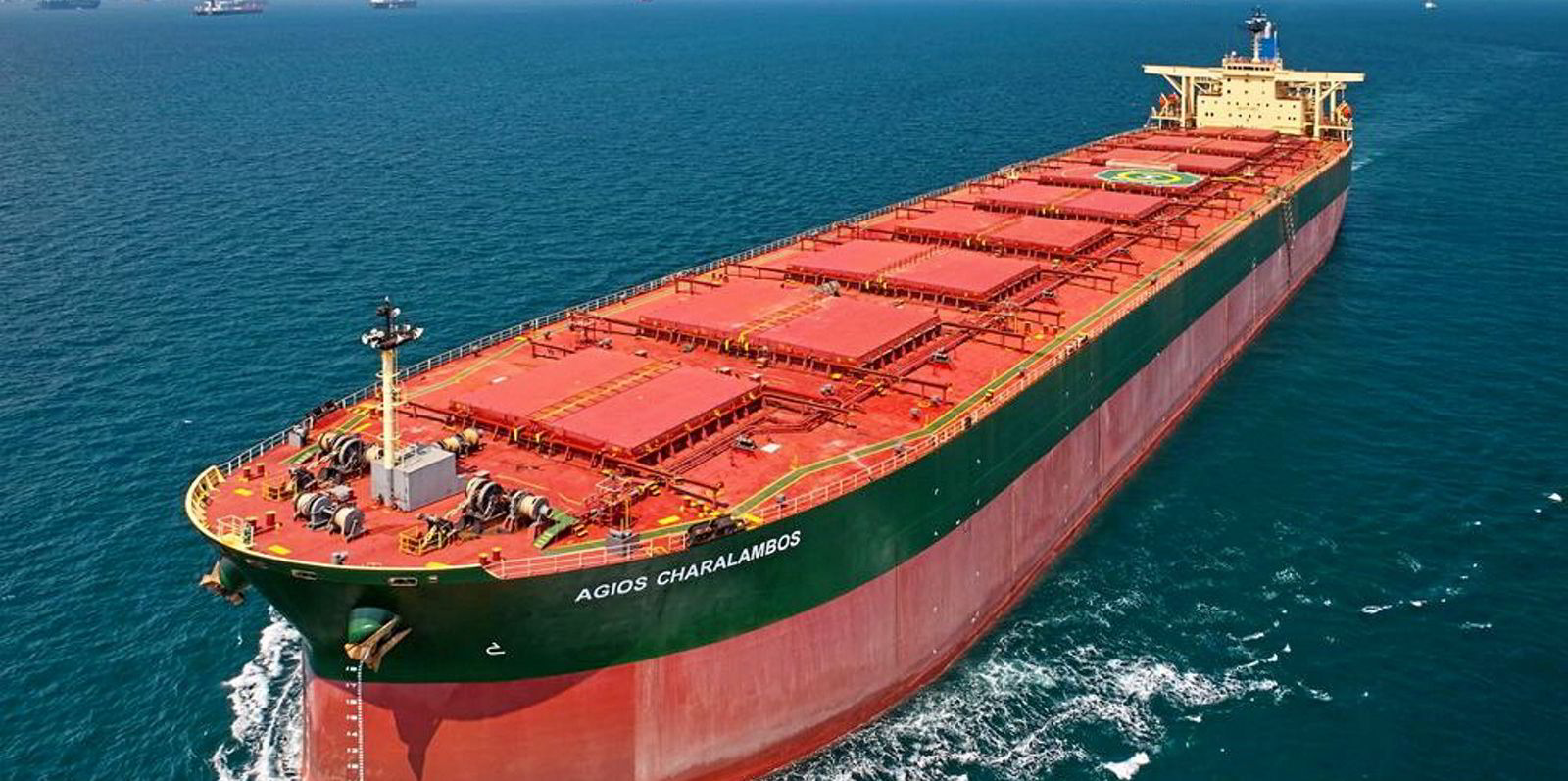The capesize bulker market continued to plummet over the past week as demand and port congestion eased, while the smaller-ship sector kept its keel above water by comparison.
The Baltic Exchange’s Capesize 5TC, a spot-rate average across five key routes, cascaded 42.5% during the seven-day period to $7,188 per day on Friday, reaching its lowest level in almost seven months.
The capesize market has endured this downward trend since mid-July when average spot rates topped $24,000 per day, thanks to China’s weak real-estate sector hitting iron-ore demand and lower congestion boosting supply.
“Capesizes have been particularly soft, with average spot earnings falling below $10,000 per day in early August,” Clarksons Research wrote on Friday in a weekly report.
“China has accounted for around two-thirds of this ‘slackening’, with soft demand and unwinding Covid restrictions reducing pressure on ports and supply chains.”
The percentage of the world’s dry bulk fleet at port fell to 31% in mid-August from 36% in April, according to Clarksons’ Bulker Port Congestion Index.
The capesize paper market is also feeling downward pressure as a result of these fundamentals, but its spot rates are still better than those in the physical sector.
Front-month forward-freight agreements (FFAs) plunged 27on Friday to hit $11,714 per day. Contracts for later months and quarters also declined, but remained at levels that are higher than prevailing spot rates.
“Indeed, that was a brutal week for capes,” said John Kartsonas, founder of asset manager Breakwave Advisors, which runs a dry-bulk exchange-traded funds platform.
“In fact, the one-month decline is now more than 70%, the worst four-week performance for capes since 2020 during the Covid outbreak period.”
But the smaller bulker sizes performed much better over the past week, even though Ukrainian grain volumes fell due to the war and Chinese coal imports weakened as a result of higher domestic output, Clarksons said.
The Panamax 5TC slipped 11.5% over the week to hit $15,188 per day on Friday, as the Supramax 10TC gained 8.9% to $19,082 per day, according to Baltic Exchange data.

“Bulk carrier markets have ‘cooled’ in recent months, with average earnings falling from over $30,000 per day in mid-April to around $16,000 per day by mid-August, as easing congestion and demand headwinds have had an impact,” Clarksons noted.
“Nonetheless, average bulker earnings are up 92% on the 10-year average in the year to date, and some positives remain.”
Clarksons expects bulker trade to improve in this year’s second half as Ukraine restarts grain exports and China’s economy improves potentially following the Covid restrictions during the first six months of 2022.
Seasonality and lingering port congestion may also improve bulker demand and spot rates, especially since the orderbook remains at a decades-low 8% of the global fleet.
“While uncertainty and demand risks are clear and earnings have fallen back from last year’s ‘high water mark’, there are reasons to think that the bulker sector may be able to avoid repeating the time spent ‘out in the cold’ after the previous ‘hot’ markets in the late 2000s.






